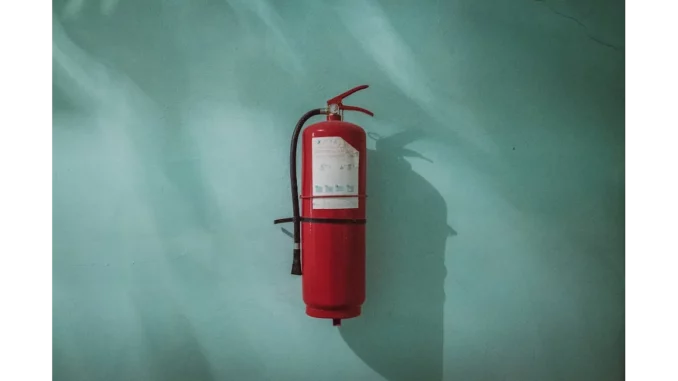
Summary
1. Hard Hats and Head Protection: Hard hats are generally required on construction sites due to the prevalent risk of head injuries. Exceptions exist for turban-wearing Sikhs as per legal exemptions.
2. Clothing Requirements: Site-specific clothing rules, including the prohibition of shorts and the necessity for protective clothing, are crucial to prevent injuries and exposure to harmful elements.
3. Safety Footwear: Protective footwear is mandatory on construction sites to guard against foot injuries. Employers are responsible for providing and maintaining this footwear.
4. Rigger Boots Controversy: While popular for their ease of use, rigger boots are often banned by contractors due to the higher risk of ankle injuries.
5. High-Visibility Clothing: Wearing high-visibility clothing is essential for safety, particularly to prevent accidents and ensure workers are easily seen.
Main Post
I recently had the pleasure of sitting down with James Reynolds, a seasoned construction manager with over 20 years of experience in the industry. Our conversation revolved around the frequently asked questions related to construction site safety, as outlined by the Health and Safety Executive (HSE). James shared his insights on various safety measures and regulations that are crucial for ensuring a safe working environment.
“Safety is non-negotiable in our line of work,” James began, his voice carrying the weight of years spent on bustling construction sites. “One of the most common questions we get is about the necessity of hard hats.”
James explained that while the law does not mandate hard hats if there is no risk of head injury, the reality on most construction sites is quite different. “Despite all the controls we put in place, there’s almost always a risk of head injury—from falling objects, for instance. So, hard hats are a must.” He did, however, note the legal exemption for turban-wearing Sikhs, emphasizing that employers must ensure other adequate control measures are in place for them.
Our conversation then moved to the topic of clothing, a subject that often sparks debate among workers. “Shorts on construction sites are generally a no-go,” James asserted. “This isn’t just about following rules for the sake of it. It’s about protecting against cuts, grazes, and even infections. Plus, trades like arc welding expose workers to high levels of ultraviolet light, which can cause serious skin damage.”
James also highlighted the importance of protecting against the elements. “In summer, overexposure to sunlight can lead to skin cancer. In winter, cold can distract and lead to accidents, especially at height. So, the clothing policy isn’t just about making life difficult—it’s about safety.”
The subject of safety footwear brought a knowing smile to James’s face. “Ah, the old steel-toe boots debate,” he chuckled. “Footwear is non-negotiable. The bones in our feet are delicate, and any damage can take months to heal. Employers provide basic safety footwear, and it’s crucial for workers to maintain them properly.”
James also touched upon the issue of rigger boots, which have gained popularity for their convenience but are often banned by contractors. “Rigger boots are a looser fit, which can lead to more twisted or sprained ankles. Some companies have banned them for this reason, and it’s a rule we need to understand and comply with.”
Finally, we tackled the topic of high-visibility clothing. “High-vis clothing is essential,” James stated firmly. “It ensures that workers are easily seen, which is particularly important for preventing accidents. It’s not just a fashion statement—it’s a lifesaver.”
As our conversation drew to a close, James reflected on the importance of adhering to these safety measures. “At the end of the day, these rules and regulations are in place to protect us. It’s easy to see them as a hassle, but they are designed with our well-being in mind.”
Listening to James, it was clear that his passion for safety extended beyond mere compliance. It was about creating a culture where every worker felt valued and protected. His insights provided a valuable perspective on the everyday realities of construction site safety, a testament to the importance of these frequently asked questions.
James left me with a final thought: “Safety isn’t just about following rules. It’s about understanding why those rules exist and embracing them for our own good. That’s the key to a safe and productive work environment.”
Emily Thompson


Be the first to comment